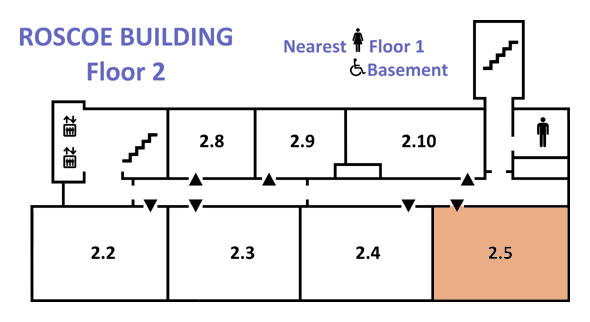
|
iCHSTM 2013 Programme • Version 5.3.6, 27 July 2013 • ONLINE (includes late changes)
Index | Paper sessions timetable | Lunch and evening timetable | Main site |

|
iCHSTM 2013 Programme • Version 5.3.6, 27 July 2013 • ONLINE (includes late changes)
Index | Paper sessions timetable | Lunch and evening timetable | Main site |
Henri Poincaré’s Méthodes nouvelles de la mécanique céleste (1892-1899) are known to have provided the basis for the emergence of 20th-century nonlinear oscillation theory and systems dynamics. Recently, Ginoux and Petitgirard noticed that as early as 1908, Poincaré initiated the modelling of current oscillations in the singing arc, a device proposed for the generation of wireless waves for telegraphy and telephony, using the same limit-cycle analysis he had developed in the Méthodes nouvelles to analyze the stability of planetary orbits. Previously, limit-cycle analyses of nonlinear current oscillations were thought to date from the late 1920s. Poincaré also investigated provocatively the topic of the stable shape of the Earth, not only theoretically in the 1880s but practically as a professional astronomer and as a senior figure in the French geodetic expedition to Peru in the early 1900s.
From an historical standpoint, Poincaré’s innovations pose a number of questions about the reception of his mathematical techniques among the various communities of mathematicians, mathematical astronomers, mathematical physicists, electrical engineers, and geodesists. They also invite us to examine the history of research on continuous wave production, transmission and detection in the domain of wireless telegraphy: who was active in the field, what sort of problems were they facing, what were the constraints they were working under, what sort of material and cognitive resources were at their disposal, and under what circumstances? Similar questions can be asked about his work and its reception in theoretical and practical geodesy, that amplify the picture of French science at work in the years around 1900.

